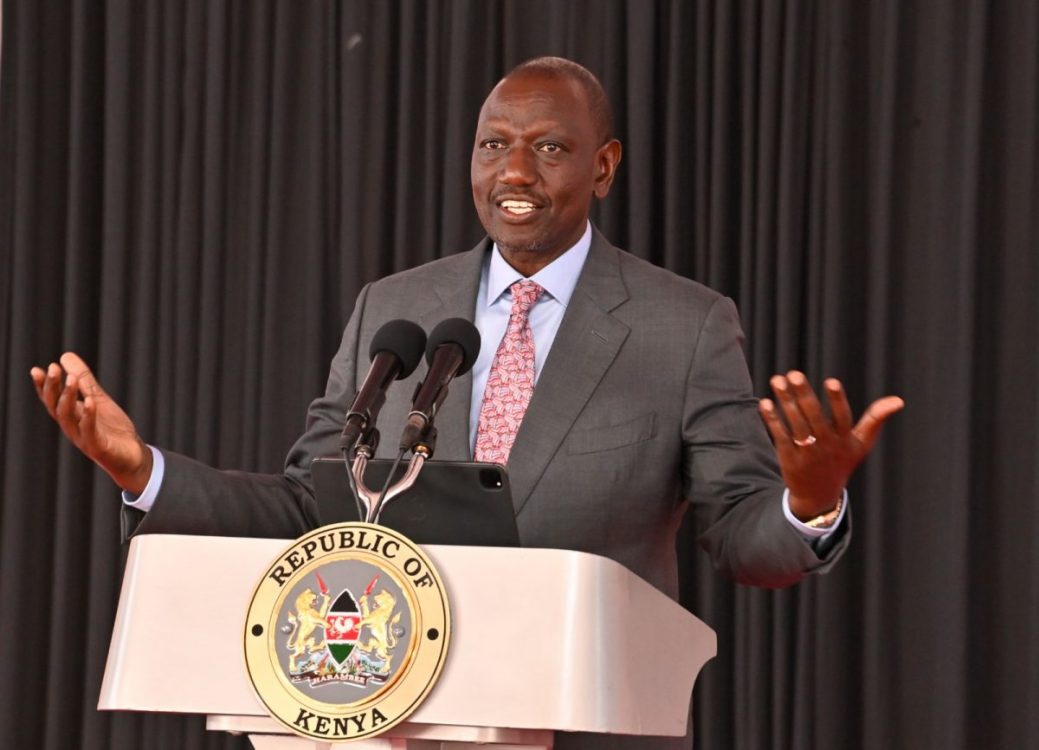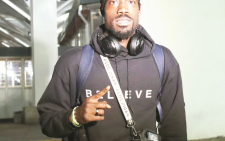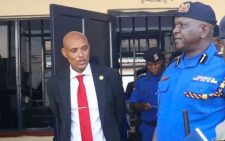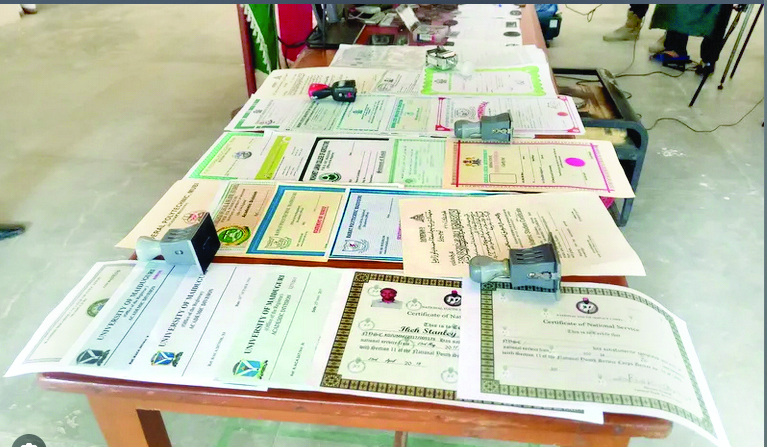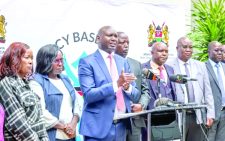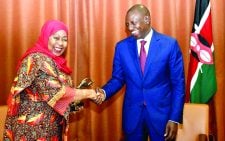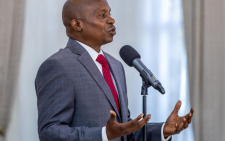Blend education and training in journalism courses
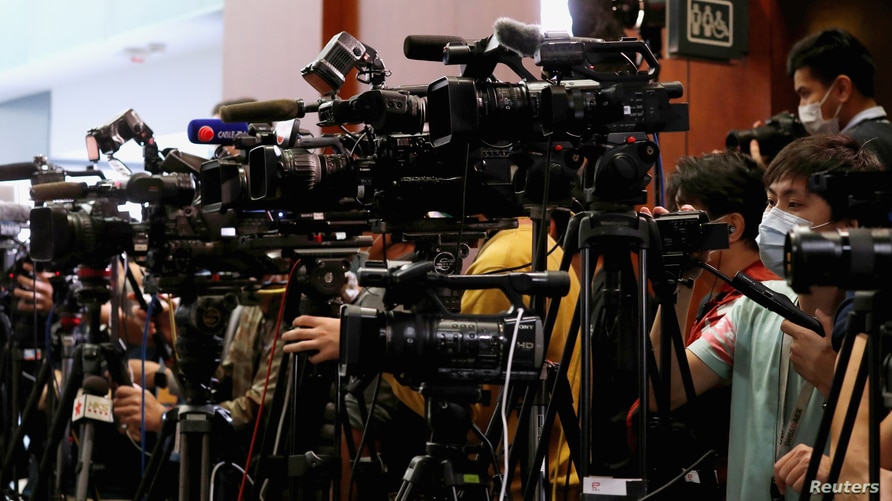
Sometimes in the 1980s, a student who had qualified to join university declined to take up her position, saying she wanted to join the Kenya Institute of Mass Communication (KIMC). The institution would enable her to become a journalist.
She had been admitted to Kenyatta University to study education. She wouldn’t have had trouble today. Thanks to the establishment of journalism and communication courses at undergraduate levels.
The only institutions that then prepared students for journalism or Public Relations were KIMC and the University of Nairobi’s School of Journalism.
KIMC admitted students who had done and passed Literature in A levels. The journalism programme at UoN was undertaken at post graduate level. Prospective journalists enrolled in the programme after having completed an undergraduate degree.
There is a common thread, a distinctive fund of knowledge that permeated the training of the journalists at the time.
The students in both institutions were exposed to general education as well as to training. The students at KIMC studied economics, government, Kiswahili, law them alongside strictly professional subjects in journalism.
In his President’s Pressman: A Memoir, Lee Njiru recalls being taught such academic disciplines as economics, government and political science and law.
The students KIMC released to the job market had solid academic and professional background. They literally trained most of us who joined the Ministry of Information and Broadcasting without a journalism background.
The introduction of journalism and communication courses at undergraduate level in our universities should in principle, have adopted this education and training model.
Basic education simply lays the foundation for devolving into what British education sociologists, Michael Young, calls the powerful knowledge—knowledge that provides more reliable explanations and new ways of thinking about the world.
The repository of this knowledge is in liberal education. The journalists require the intellectual furniture and discipline academic oriented disciplines impacts on, not just journalists or communication experts, but on all people who, in time, shape public opinion and manage institutions, be they public or private.
In his Dynamics of Mass Communication, Joseph R. Dominick observes that a newcomer to the profession of journalism should have a well-rounded education in the liberal arts, especially political science, economics, history, literature and the social sciences.
Dominick, who is a professor of journalism at University of Georgia, Athens says that a well-rounded education is reinforced by the fact that Accrediting Council on Education in journalism and Mass Communication, the main organisation that accredits journalism schools in the US, recommends that three-fourths of a student’s work be taken outside the journalism area. Implying that the foundations of solid journalism, public relations and other communication related careers lie in the rigour of general or liberal education.
Schools of journalism and communication may consider blending training and education in the courses.
Communication is a continuous mutual sharing of meaning with the publics. The meaning in questions lies in the background knowledge one gets from liberal arts studies.
The lady students who initially declined to study education subsequently joined the defunct Kenya Times as a reporter, and is today, a lecturer in Journalism and Communication in one of our public universities. She tells me that her Bachelor of Education degree provides the ballast for all that she did as a journalist then and now as a lecturer.
A blend of education and training in preparing journalists and public relations is the best model in giving Kenya the people who interpret events—be they low key or cataclysmic—for us.
—The writer is Communication Officer, Ministry of Education
